Endometriomas and the Severity of Endometriosis
A new study published in the Journal of Clinical Medicine by Dr.Nezhad's group reveals that endometriomas, a form of deeply infiltrating endometriosis, are strongly associated with advanced stages of the disease. The authors investigated how the presence of endometriomas—whether on one side or both—correlates…
Key Points Lay SummaryPerformance of the 2021 AAGL endometriosis classification
The most common scoring system is the revised American Society for Reproductive Medicine (rASRM) staging system for endometriosis. However, this classification system was widely criticized for failing to correlate surgical complexity and to show patients' pain scales and fertility indexes.…
Key Points Lay SummaryImproving fertility in peritoneal endometriosis
Endometriosis is the most common gynecologic disease that affects 10-15% of women in their reproductive age. The causal relationship between endometriosis and infertility is not clear yet, but adhesions and anatomical distortions due to the progression of the disease are…
Key Points Lay SummaryFamily history of endometriosis and its characteristics
Depression and migraine are two familial disorders affected by menstrual cycle and endometriosis patients have an increased likelihood of suffering from these comorbidities. A correlation of endometriosis, migraine and depression has been already reporteed in the literature, however a link for…
Key Points Lay SummaryThe #Enzian classification, an essential tool for surgical management of severe endometriosis
The lecture entitled "The #Enzian classification, an essential tool for surgical management of severe endometriosis" was presented by Professor. Jörg Keckstein, from the University Ulm, Germany, at the Annual International Medical Conference of the Endometriosis Foundation of America held in New York on…
Key Points Lay SummaryThe predictive value of operative findings concerning ovarian reserve
Having endometrioma is a proven factor that affects the ovarian reserve of patients with endometriosis. Not only its presence but also the surgery applied, and concomitant disease stage might affect the reserve. In this retrospective analysis conducted in Korea by Jisun…
Key Points Lay SummaryA comparison of endometriosis Classifications: rASRM, EFI or Enzian?
None of the endometriosis classifications provide a clinically valuable system since the very first description of the disease in 1860. One unique terminology to describe the localization and the extension of the disease is needed, which should be the same…
Key Points Lay SummaryThe new Endometriosis Surgical Complexity Classification: AAGL 2021
Multiple endometriosis categorizations have been approved in the recent forty years. The American Fertility Society proposed ASRM with a desire to score the impact of the endometriosis in 1996, which was updated several times later (rASRM), to predict infertility after laparoscopic operations. For…
Key Points Lay SummaryComplex Relation Between Body mass index and endometriosis
This research aimed to find the relationship between BMI and endometriosis especially related to surgical phenotype and lesion location. An observational cohort study was led by Holdsworth-Carson et al, from Australia. The article was recently published in "RBMO" . Many earlier studies report…
Key Points Lay SummaryIs there any difference between endometriosis patients with or without obliterated cul-de-sac during laparoscopic hysterectomy?
Endometriosis is a disease defined as the localization of endometrial glandular and stromal cells outside the uterine cavity. It is diagnosed in 10% to 15% of reproductive-aged women. Women with endometriosis demand therapy for the most common symptoms, which are…
Key Points Lay SummaryHow to predict complications for endometriosis surgery?
In a new study co-led by scientists at Sorbonne University, a nomogram is built to better inform patients about the risk of deep endometriosis surgery without bowel involvement. The findings have been published in the European Journal of Obstetrics &…
Key Points Lay SummaryHow to Classify Endometriosis for a better and effective evaluation
Endometriosis affects 10% of women in their reproductive period and causes infertility around 40% of women who have the disease. Peritoneal fluid may be one of the factors to facilitate the spread of endometriosis to ovaries, peritoneum and other deep…
Key Points Lay SummaryInfertility in women with endometriosis
Endometriosis is an estrogen-dependent gynecological disease mostly encountered in reproductive-aged women. The most common presenting complaints are dysmenorrhea, dyspareunia, chronic pelvic pain, and infertility. Despite extensive research, the etiopathogenic mechanism underlying the two has not been fully elucidated. Although human…
Key Points Lay SummaryHow to improve the current ASRM classification of endometriosis?
In this article which recently published in Best Practice&Research Clinical Obst&Gyn. from the University of Sao Paulo, Brazil, Andres et al. penned a review of the classification of endometriosis in chronological order, and discussed the limitations of existing classification systems to…
Key Points Lay SummaryIs there a definitive guideline for the surgical management of endometriosis?
Endometriosis is a chronic inflammatory disease that is defined by the presence of ectopic endometrial tissue outside of the uterus. Unfortunately, endometriosis continues to be a leading cause of chronic pelvic pain in women of reproductive age. This article titled,…
Key Points Lay SummaryThe Past, Present, and Future of Diagnosing Endometriosis
This review titled “Endometriosis: Epidemiology, Diagnosis and Clinical Management” published in Current Obstetrics and Gynecology Reports examines the distribution and factors associated with endometriosis. The analysis by Parasar, Ozcan, and Terry also delineates potential biomarkers and risk factors that could…
Key Points Lay Summary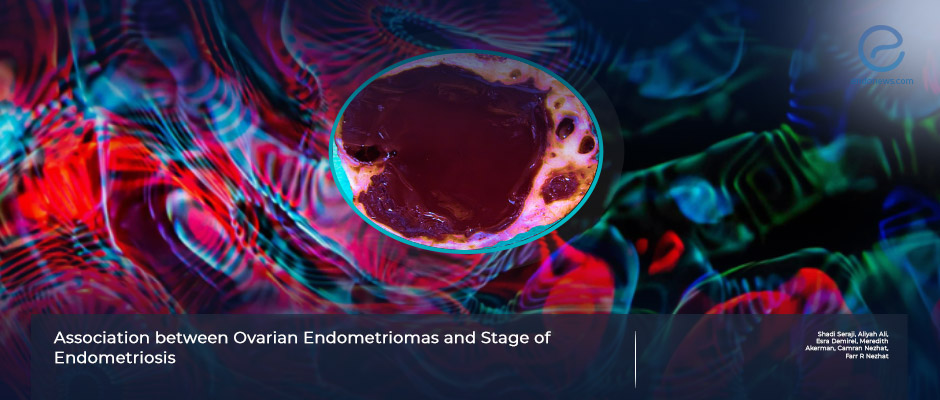
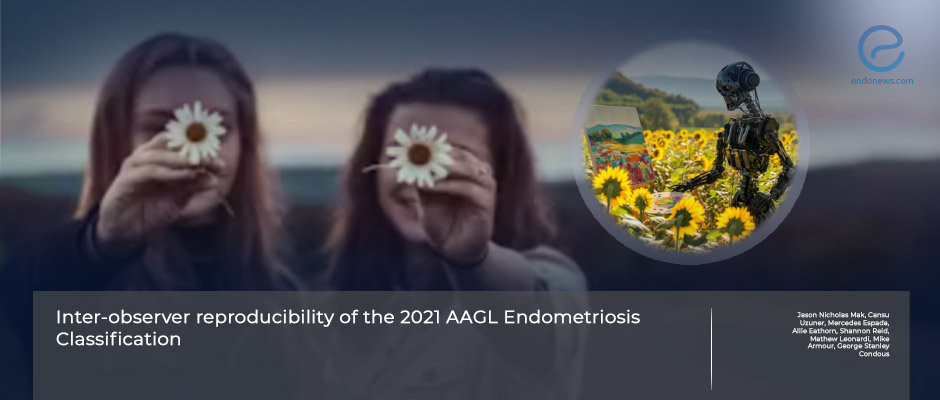
 By Selma Oransay
By Selma Oransay
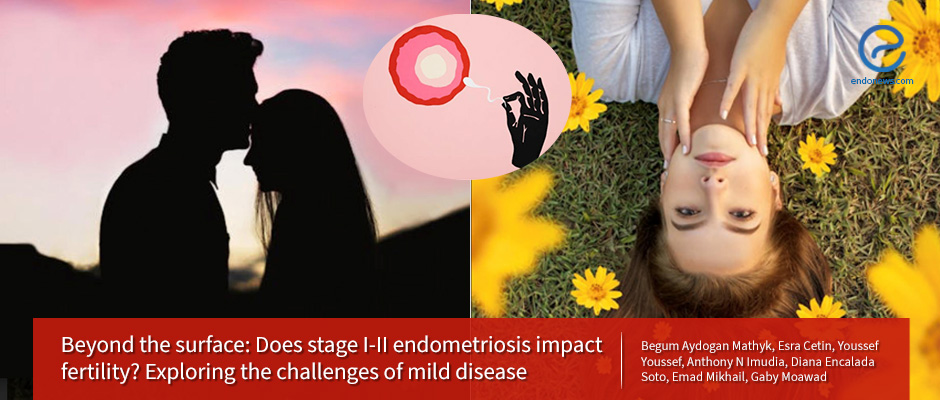


 By Hale Goksever Celik
By Hale Goksever Celik

 By Bahar Yuksel
By Bahar Yuksel




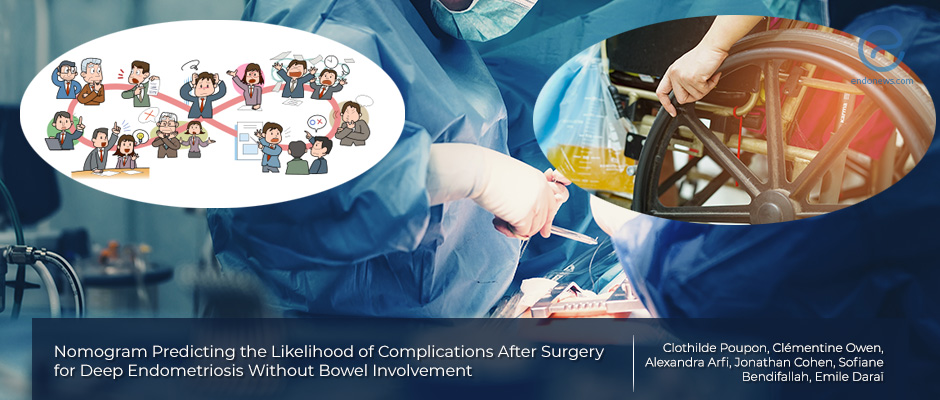
 By Timur Seckin
By Timur Seckin

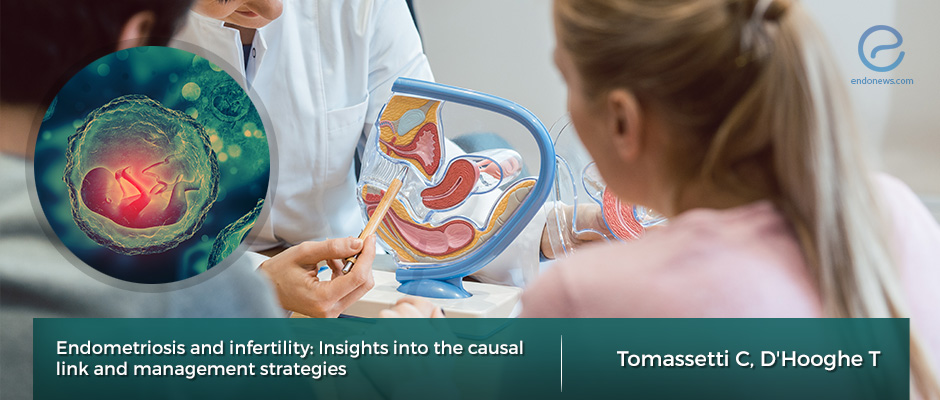


 By Murat Osman
By Murat Osman

 By Kasthuri Nair
By Kasthuri Nair